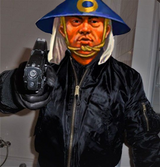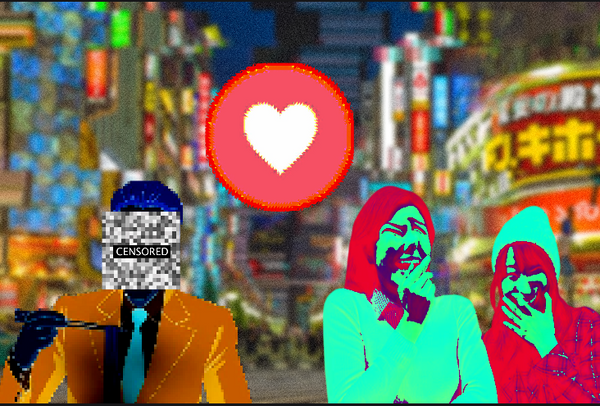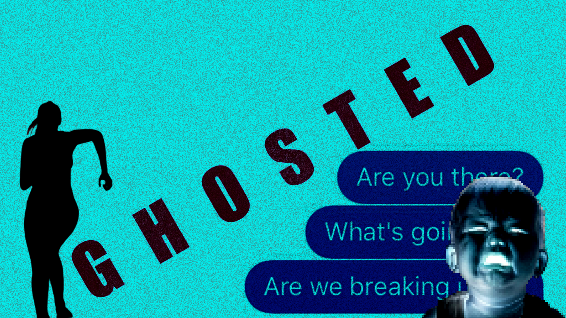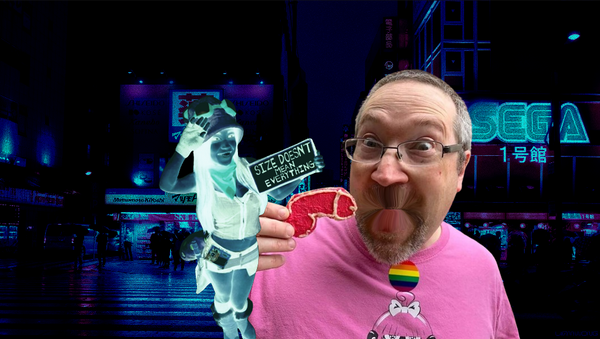Do The Yakuza Still Exist In Japan?
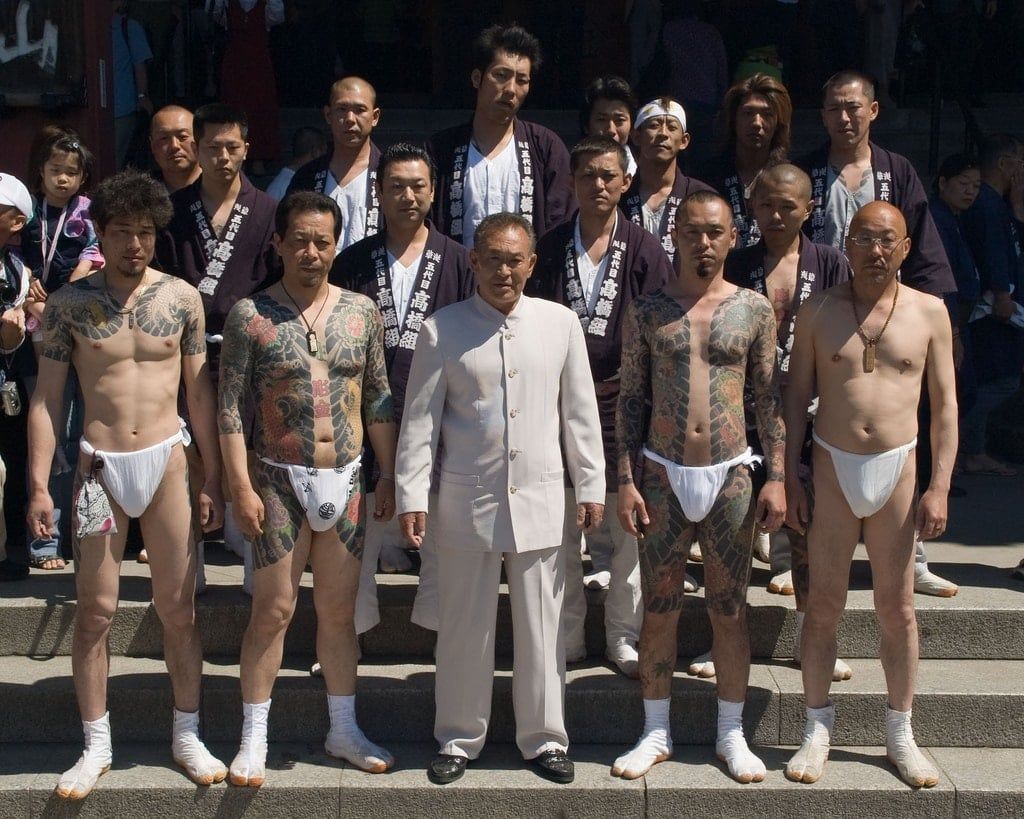
The Fast and the Furious: Tokyo Drift, Johnny Mnemonic, Kill Bill, Gokusen, Cowboy Bebop, Nurarihyon no Mago, these movies, TV series, and anime may have different stories but they have one thing in common: the Yakuza or, as we Westerners know it, the Japanese mafia.
Many people question whether or not the Yakuza are active and alive. Do the Yakuza still exist in Japan? Do these fictional gangsters still have counterparts in real life? Yes, they do. Although they have fewer members each year, there are still active Yakuza organizations throughout Japan.
In recent years, the Japanese government and police have been cracking down heavily on the Yakuza, dissuading them from carrying out criminal activities. Sentences handed out by judges have been harsher, and legal loopholes that were once abused have been corrected.
Let's find out what the Yakuza are doing nowadays, and how they are circumventing the longarm of the Japanese government.

What Are The Yakuza?
The Japanese police call them ‘anti-social organizations’ or ‘violent groups’. There is no umbrella Yakuza organization. They’re ‘families’ that have sub-groups, federations, and affiliates under them. The members have strict codes and rituals that they follow to the letter.
Like the mafia, they deal with underworld activities like racketeering, gambling, drug, and prostitution rings. They also protect' communities and neighborhoods in exchange for protection money. But unlike the mafia, the Yakuza are not a secret society. Yakuza’s activities are regulated by laws but the organizations themselves are not banned in Japan.
We all know that the Japanese are neat and methodical. These characteristics carry on to crime. The Yakuza are just about as organized crime as you can get. They’re also very complex, much like the Japanese train system. This may be simplifying things a tad too much. But, as author Dave Barry wrote, “…even crime is carried on in an orderly fashion in Japan.”
The Yakuza are so organized that the Japanese police have their names and office addresses in a database. Their senior members have calling cards. They have family emblems or company logos. They once offered pension plans. There’s even a Yakuza magazine circulating among the members of one group. They give out candy during Halloween but have recently canceled this event last Halloween due to pressure from the local government and police.
Who Are The Yakuza?
What you see in manga, anime, and movies are mostly true. You’ll know a Yakuza by his:

Full-body Tattoos
Part of the ceremony to turn into a Yakuza member is to have a head-to-toe irezumi (tattoos). The word irezumi means inserting ink under the skin. Another word used for it is horimono meaning carving or engraving. These words capture the painful process of tebori (traditional Japanese tattooing). The process is based on how woodblocks were created—gouging wood to create a piece of art. The artists adapted their process from wood to human skin.
Traditional instruments include wooden handles, sharpened bamboo tipped with needles, silk threads, and ink. Anesthesia is never used. The person getting the tattoo feels every stab and poke and tap. The entire process is painstakingly slow because everything is done by hand. A full-body tattoo could take years. Since the process is very painful, the Yakuza consider it a rite of passage and proof of their manliness and strength.
Some tattoo artists today use modern technology like electric tattoo machines and anesthesia. But some artists and clients still prefer tebori. Tattoos were not always associated with the Yakuza. The tattoos of ancient Japanese were said to have spiritual significance. But during the Kofun era (300-600 BCE), criminals were branded with tattoos. Then during the Meiji era (1868-1912) tattoos were outlawed.
Soon, tattoos were firmly established in Japanese society as something that is used only by criminals or those who deal with illegal activities. Today, both those who get tattoos and those who are tattoo artists keep their “art” a secret.
The prevailing negative connotation for tattoos is the reason why many onsen (hot spring) and sento (public bathhouse) do not allow tattooed people (even foreigners) to enter their establishments. Due to current laws, no legal businesses want to be associated with Yakuza by having a tattooed man entering it's premises.
But once in a while, Yakuza members show off their tattoos. When they gamble or play the game oicho-kabu (a type of card game, I’ll discuss this a bit more), they usually remove their shirts or open them up so people can admire their tattoos.
Also, every year during the Sanja Matsuri (literally Three Shrine Festival; one of the three biggest Shinto festivals in Tokyo), they can proudly take off their clothes and wear only their fundoshi (traditional Japanese undergarments) and their tattoos as they take part in the festivities.

Missing Fingers
Although it might be rude to stare, you can also try to count a person’s fingers. If he has less than ten fingers then most likely he’s from a Yakuza group. The tradition of yubitsume (cutting off a finger) is performed by a Yakuza member who fails to perform a duty or makes a blunder.
The entire finger is not cut off at once. At the start, only the tip of a finger is chopped off and given as an offering of atonement to the boss. Each blunder means more chopping until a whole finger is cut off.
There’s a reason why this tradition began. In the past, losing a finger was very inconvenient to swordsmen. Losing a digit meant a weaker grip on a sword. This, in turn, meant that the person would need to rely more on his allies to defend him. To pay his debt, he would do everything in his power to accomplish what his group would assign to him.
Today, many younger members of the Yakuza do not perform yubitsume because it’s too conspicuous. The police would be able to spot them at a glance. But those who still follow the tradition have found a way to disguise the result: prosthetic fingertips.

Speech patterns
If you know the Japanese language, you’ll understand that just like English it also has patterns and dialects that are unique to certain groups of people. The stereotypical Yakuza member in movies, TV, manga, and anime is said to use the Hiroshima dialect. Some say this is because the dialect sounds harsh to the ear and a speaker sounds tough when using it.
The Yakuza use their local dialects. But they generally try to emphasize sounds and change words to sound tough. They generally roll their “Rs” and change their vowels. For example, they will say shiRRanee (I don’t know) instead of the usual shiranai. They also use slang (like okami for cops) and foul language whenever they can. It might be hard to distinguish Yakuza from ordinary guys, though, since many teenagers and young adults who live in the cities also use this slang-laden speech pattern.

How Are The Yakuza Organized?
As stated above, a Yakuza organization is considered a “family” or kumi. It has an yabun (boss or father figure; always male) and kobun (followers; literally, foster or surrogate children). It is very rare to have a female boss. Usually, the top females in a Yakuza are the boss’ wife or daughter. They are respected but they don’t have authority or power within the groups.
Since this is a Japanese organization, there is a strict hierarchy among the members:
- Kumicho: The oyabun or over-all boss
- Wakagashira: Second-in-command; in charge of coordinating the work of
- Shategashira: Lieutenant; leader of a gang
- Regional Gangs: A handful of typical neighborhood gangs
- Kyodai: big brothers; senior members
- Shatei: little brothers; junior members; underlings
Everyone below the Kumicho is a kobun. Besides the “foot soldiers,” there are also members of an organization who deal with the administrative side of things, much like a corporate business:
- Saiko-Komon: Senior adviser/chief of staff; reports directly to the Kumicho
- So-honbucho: Chief of the headquarters; reports directly to the Kumicho
- Komon: Specialist staff
- Hisho: Secretaries
- Shingiin: Lawyers
- Kaikei: Accountants
The underlings pledge allegiance to a boss over a ceremony called sakazuki (a saucer-like cup for sake). Each organization has a particular process. One way is for a moderator to pour a cup of sake for the oyabun who takes a sip and then passes the cup to the kobun. The ceremony is completed when the kobun finishes the sake and keeps the cup.
Origins of the Yakuza
The history of how the Yakuza began is not clear. The various theories have intersecting points that debate whether they've originated from historic ronin, firefighters, or even the poorer classes of society.

The Burakumin
The burakumin was an ostracized sector of Japanese society. They dealt with death (executioners, undertakers, butchers, etc.) so they were considered impure. They were forced to live in isolated or secluded areas. They turned to crime and gambling to survive. According to some reports, about 60% of current Yakuza members are descended from the burakumin.
One of the traditional gambling games that have survived until today is the oicho-kabu. Each card in this game has a corresponding number or score. The goal is to get three cards that score a total of 9. If the cards’ total is 10 or above then the second digit is considered the score. The worst three-card draw that you can get is 8-9-3, which has an acronym of YA-KU-SA (8=hachi or ya; 9=kyuu or ku; 3=san).

Peddlers
The tekiya (peddlers) were also considered a very low class of people who sold illegal, stolen, or substandard goods. But they soon began to band together and form organizations that initially sold goods and offered protection during festivals. The structures of the tekiya resemble the current structure of the Yakuza with an oyabun and kobun.
The tekiya became so good with commerce that they were recognized as official organizations during the Edo period (1603-1868). The oyabun of different organizations was allowed to have a surname and carry two swords (which the government only allowed the samurai class to do).

Japanese 'Robinhoods'
During the feudal era of Japan, many people were poor and only a few were rich. Some people believe that the Yakuza are descended from a ragtag group of people who took money from feudal lords, which they then distributed to the poor.
Some groups refer to themselves as ninkyo dantai (chivalrous organizations) that continue this practice of “helping” the poor. After the 1995 and 2011 earthquakes, some of the first groups to help the victims were Yakuza organizations. They gave food, water, and other necessities. They also sent out people to help at the Fukushima power plant. Although some people say that the latter was just a PR stunt and the people sent to the plant were tricked, bribed, or forced to go there.

The Wandering Samurai; Ronin
When the samurai class was no longer needed, many swordsmen found themselves without any source of income. So, they began to form street gangs called kabukimono. They would dress up flamboyantly and act violently. They would harass and extort money from peasants. When this became unprofitable, they moved to cities and offered their services as thugs and bruisers. This samurai spirit is still alive in some of the rituals of the Yakuza.
The members are also supposed to strictly follow the code of the samurai. The Aizukotetsu-kai in Kyoto established around 1870 is considered the longest-existing Yakuza society. The Yamaguchi-gumi is the largest with about 9,500 members today.

Do The Yakuza Still Exist In Japan?
Like their Western counterparts, the Yakuza have “legitimate” companies. But the majority of their income still comes from illegal activities. There are stories of the Yakuza bribing politicians to get contracts approved, using people’s names to buy stocks, and managing Japanese rock and pop stars. But recent laws have restricted their activities significantly.
In 1991, a law was passed that made it illegal for Yakuza to be involved in legitimate businesses. In 2011, ordinances were passed that included hefty penalties for those who pay off Yakuza or do business with them. The government in Fukuoka set up a program that offered financial assistance to Yakuza members who want to get out of their gangs and get legitimate jobs. Last year, around 100 people in Kobe staged a protest against the Yamaguchi-gumi’s annual Halloween trick-or-treat handouts.
In the 1960s, the Yakuza membership peaked at about 184,000. Now, there are only about 39,000 members. Some organizations are said to find it hard to pay the wages of their members. Some reports say that the Yakuza reflects the current status of Japan’s society and economy. If the Yakuza are finding it hard to get members and make a profit, what does it say about Japan’s current status?

